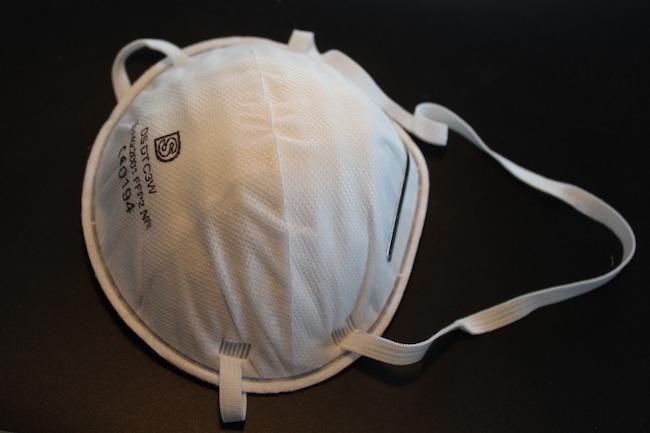The Empirical Case for a Mask Mandate Lacks Scientific Grounding by Phillip W. Magness for American Institute for Economic Research
Last fall, the University of Washington’s Institute for Health Metrics Evaluation (IHME) published a headline-grabbing study with a politically appealing claim: if Americans would simply mask up when they ventured out into public, over 120,000 lives could be saved by the beginning of next year. As Joe Biden takes office later this week, he is widely expected to use executive orders to enact a 100-day long national mask mandate.
Biden’s action is directly premised on the claims of the IHME study, which he has repeatedly alluded to in his public commentary. But is the science behind this claim sound?
As I documented last fall, the IHME’s projections rested upon a simple data error. The IHME model begins from the assumption that only 49% of Americans were currently wearing masks in public. Increase the mask adoption rate to between 85% and 95%, it stands to reason, and you’ll save over a hundred thousand lives by reducing the spread of Covid-19. A national mask mandate, the authors implied, would do the trick.
The IHME’s projections had a crucial problem however. The IHME took its 49% adoption figure from a months-old outdated survey at the beginning of the pandemic. As of late September when they made their projections, US mask adoption hovered at 80% nationwide. Instead of nearly doubling mask use rates, a national mask mandate would only increase compliance by about 5 to 15 percentage points. The number of lives that the mandate would save, it turned out, had been vastly exaggerated in the published report.
The IHME’s director took exception to my criticism, though notably he did not dispute any of my math. “[Magness] is correct that our estimate of mask-wearing rates has increased” since the study’s publication, explained Christopher J.L. Murray in a letter to the Wall Street Journal. New data from the summer and early fall confirmed an increase in public mask adoption rates. Yet Murray continued: “[h]e is incorrect to suggest that this weakens the case for public policies that require masks.”
In the roughly two months since this public exchange, the IHME’s mask model has undergone a curious transformation. Murray and his team quietly updated their figures to reflect the higher and more realistic mask-adoption rates. Furthermore, they extended these corrections retroactively to their model’s projections from the summer months.




